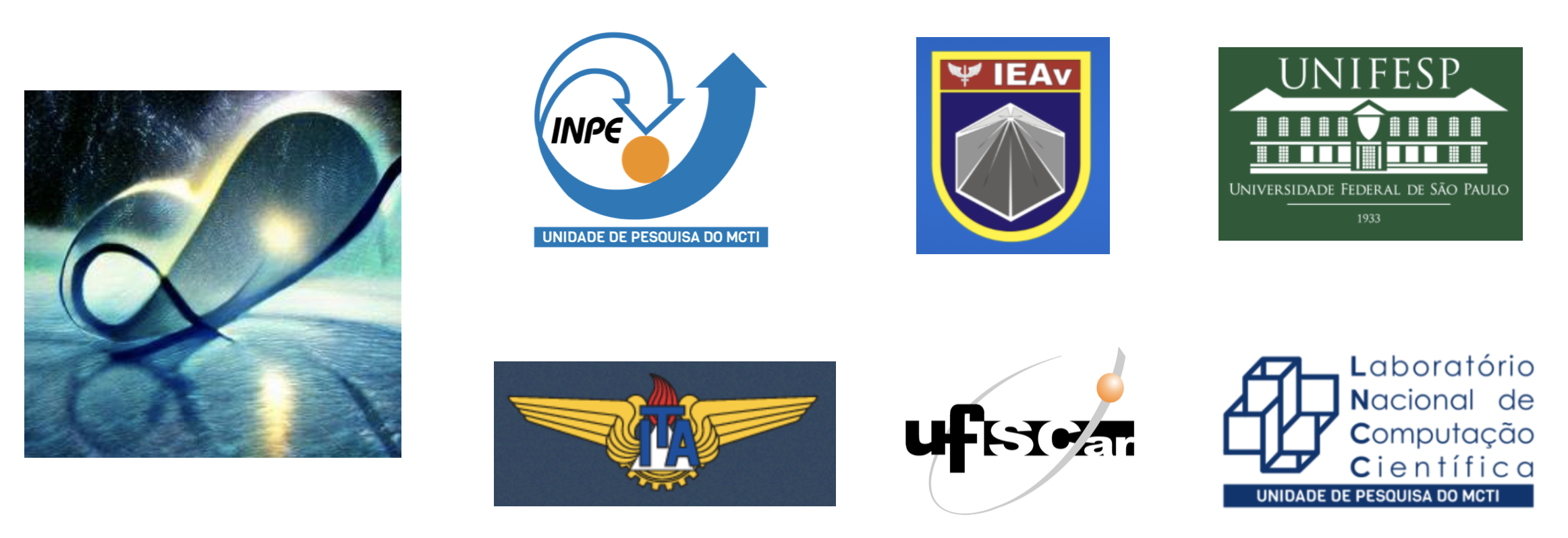Deep learning techniques for blind image super-resolution: A high-scale multi-domain perspective evaluation
Despite several solutions and experiments have been conducted recently addressing image super-resolution (SR), boosted by deep learning (DL) techniques, they do not usually design evaluations with high scaling factors, capping it at 2x or 4x. Moreover, the datasets are generally benchmarks which do not truly encompass significant diversity of domains to proper evaluate the techniques. It is also interesting to remark that blind SR is attractive for real-world scenarios since it is based on the idea that the degradation process is unknown, and hence techniques in this context rely basically on low-resolution (LR) images. In this article, we present a high-scale (8x) controlled experiment which evaluates five recent DL techniques tailored for blind image SR: Adaptive Pseudo Augmentation (APA), Blind Image SR with Spatially Variant Degradations (BlindSR), Deep Alternating Network (DAN), FastGAN, and Mixture of Experts Super-Resolution (MoESR). We consider 14 small datasets from five different broader domains which are: aerial, fauna, flora, medical, and satellite. Another distinctive characteristic of our evaluation is that some of the DL approaches were designed for single-image SR but others not. Two no-reference metrics were selected, being the classical natural image quality evaluator (NIQE) and the recent transformer-based multi-dimension attention network for no-reference image quality assessment (MANIQA) score, to assess the techniques. Overall, MoESR can be regarded as the best solution although the perceptual quality of the created HR images of all the techniques still needs to improve. Supporting code: https://github.com/vsantjr/DL_BlindSR. Datasets: https://www.kaggle.com/datasets/valdivinosantiago/dl-blindsr-datasets.
PDF Abstract





 Set14
Set14
 Set5
Set5